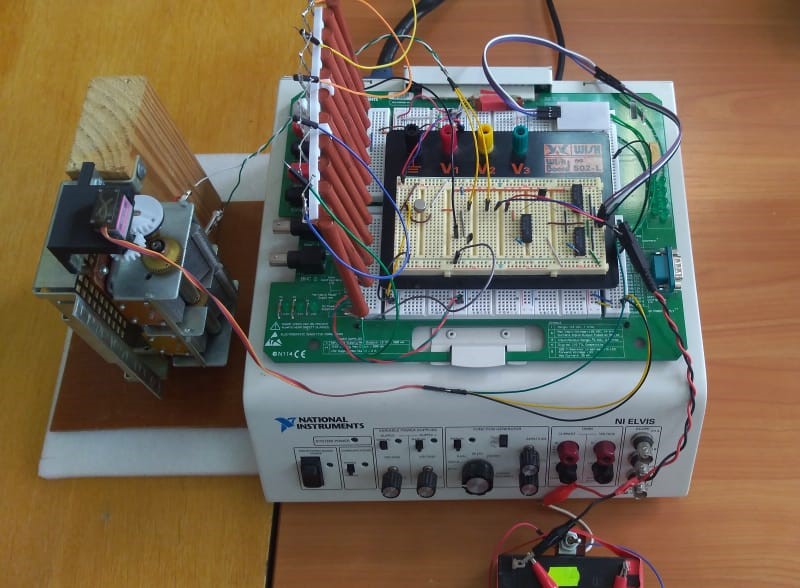An alternative way to generate electricity is being worked on at Novosibirsk State Technical University(NETI). It consists of the creation of electrostatic microelectromechanical power sources (microgenerators) that convert the energy of mechanical vibrations into electrical energy and allow the replacement of traditional batteries and accumulators that require periodic replacement or recharging.
This work is carried out within the framework of the project "Research of the principles of construction of electrostatic MEMS converters of vibration energy into electrical energy" with the support of the Russian Science Foundation and the government of the Novosibirsk region.
"The development of alternative energy sources corresponds to the priority tasks of scientific and technological development of the region. The project receives grant support in the framework of regional RSF competitions in the amount of 3 million rubles. In 2023, 72 projects of basic scientific research and exploratory scientific research in the amount of 86 million rubles were supported in the region together with the Russian Academy of Sciences. The developed design principles will contribute to the launch of production of new types of microelectromechanical systems (accelerometers, gyroscopes, microgenerators of electric energy) at enterprises of the electronic industry of the city of Novosibirsk, such as JSC "NCPP Vostok". The power supplies created will simplify maintenance and significantly expand the application areas of wireless devices. They can theoretically be used as power sources for implanted pacemakers. In addition, microgenerators are able to operate at low temperatures typical for the Novosibirsk Region in winter, at which the capacity of batteries and accumulators is greatly reduced," commented Vadim Vasiliev, Minister of Science and Innovation Policy of the Novosibirsk Region.
"Energy can be accumulated from external environmental sources: light, heat, and motion, and stored as electrical energy in a battery or capacitor. The stored energy is usually used to power low-power wireless electronic devices: autonomous information and measurement systems, sensors, and wireless sensor networks. The relevance of the project is due, firstly, to the fact that there is a lot of so-called energy debris in the environment around us: various noises and vibrations. Second, there is a need for autonomous power supplies for various sensors, which are problematic and/or economically impractical to power wirelessly. Therefore, the idea arose to convert energy waste into electrical energy and recharge the batteries from which these sensors are powered. We are developing a device based on the conversion of the energy of mechanical vibrations present in the environment into electrical energy using an electrostatic microelectromechanical converter (MEMS converter)," said Dmitry Ostertak, PhD, Head of the project, Head of the Department of Semiconductor Devices and Microelectronics at the Faculty of Radio Engineering and Electronics of NSTU-NETI.
MEMS converters are based on microelectromechanical systems, including mechanical and, electrical components and electronic circuits. The operation of electrostatic MEMS is based on a variable capacitance capacitor, in which mechanical energy is converted into electrical energy.
"We are investigating various sources of vibration — household appliances, window glass during traffic, and the vibrations of sleepers during the passage of a train- and, assessing what energy can be obtained from these vibrations using our device and whether it will be enough to power certain sensors. For example, vibrations associated with the passage of a train on rails can be used in sensors of the integrity of the railway track, signaling any problems. This is relevant when there is no electrification of the railway. The MEMS converter can be used in the automotive industry — tire pressure sensors, in medicine — a power source for implanted pacemakers, as well as in various gadgets to increase battery life," Dmitry Ostertak added.
Several laboratory samples of the device have been created as part of the project. Currently, optimization and search for ways to increase their efficiency are underway so that it is possible to obtain more energy because of the operation of the microgenerator.
